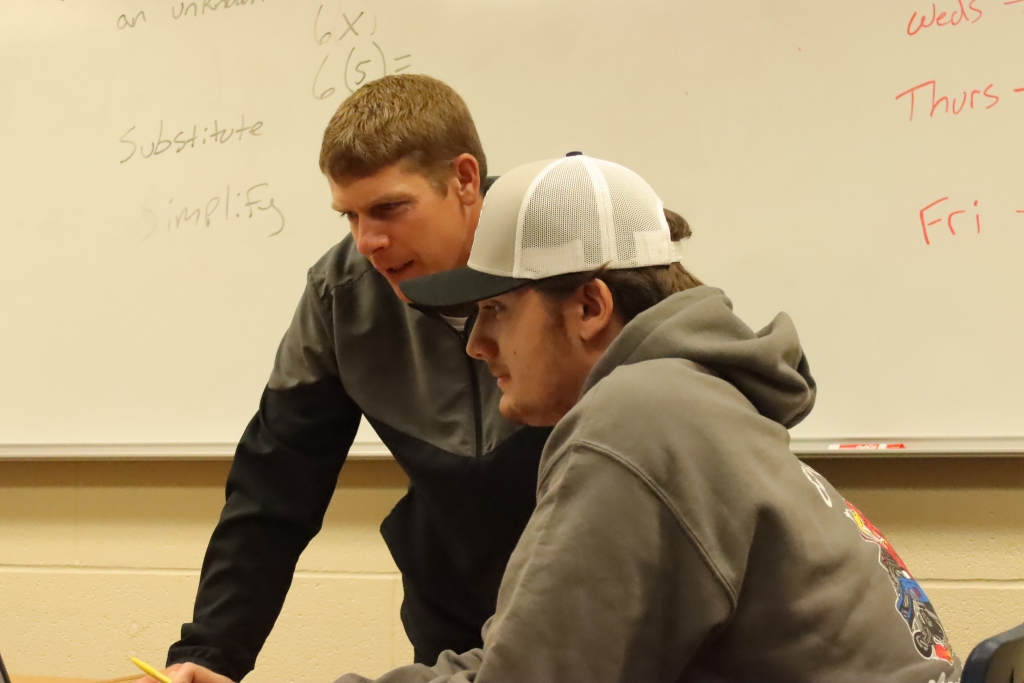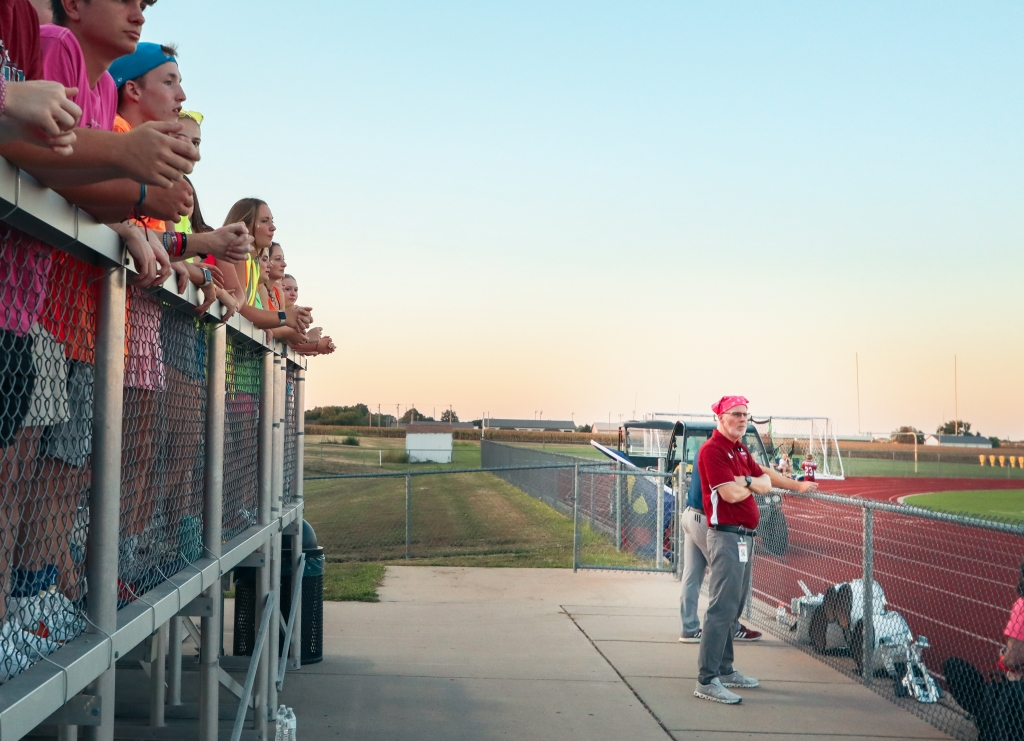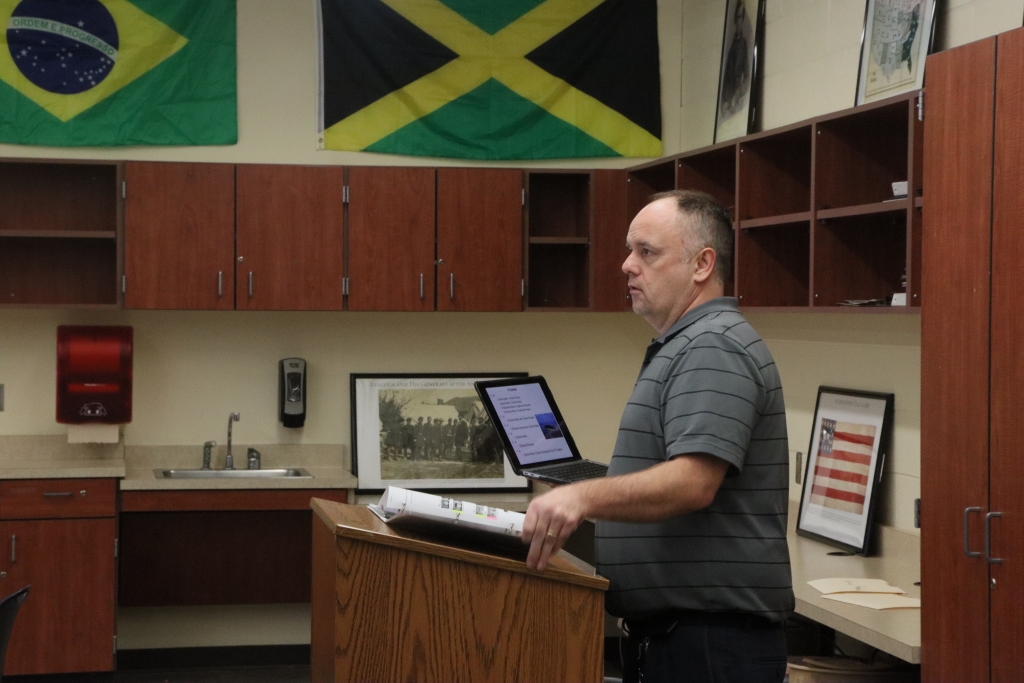Twins

STORY BY BREE MOORE
Nine sets of twins. Nine! It sounds like a lot. There are a total of 18 students here at EHS that have a genetic double walking around the halls during passing period.
It seems like we must have more twins than the national average would predict, but the truth is we don’t… We aren’t even close. In the United States today, on average, 3.34 percent of pregnancies result in twins. If you do the math, our school average is only 1.8 per- cent. To be fair, between 2000 and 2005 the average was a bit lower at 3.1 percent, but if you go by those numbers… we should have an additional three sets of twins running around.
For students who have never had a twin, that might be hard to imagine. But if you are familiar with twins, you might be able to picture what those missing twins might look like.
There are two types of twins: identical and fraternal. The Campbell twins are fraternal twins. When they were little, no one could tell Ashley and Morgan Campbell, Jrs., apart. Everyone thought they were identical, and they would sometimes even wear the same clothes to confuse people. Their parents would sometimes get them mixed up, too – but not anymore.
“It was frustrating when we were little when people would mix us up ‘cause we both thought we looked very different from each other… and no one saw that but us,” said Ashley.
The Campbell twins aren’t as close as other twins seem to be, they don’t hang out together as much as they did when they were younger. Whenever they do spend time together it’s usually to get food or go shopping. Morgan says that they are both very different and don’t have the same personalities. They are very independent people.
“We can, like, tell how one of us is feeling,” Ashley said, “we are very independent from, like, other people but we do depend on each other at times. When we were little we would talk to each other and under stand each other – but no one else could understand what we were saying at all.” said Ashley Campbell. Not every set of twins develops their own language. Twins can be very different depending on the specific pair and how they associate with each other differs widely.
Sophomores Trevor and Travis Bohnenblust are fraternal twins. They enjoy having a lot of the same friends and do a lot of the same stuff, but they both have different interests.
“We’re not really bff’s by any means, but we are still close with each other, a lot due to being in the same activities and classes,” said Travis.
The Bohnenblusts find it difficult at times having a twin because they find it annoying when people mistake them for one another all the time. Other times, they describe it as fun and helpful. Being with each other all the time, the Bohnenblusts never felt like they were inseparable, they are just brothers.
The Hiebert twins, Jrs., are identical twins and are inseparable from each other. The Hieberts do everything with each other, they are the best of friends.
“You always have a friend to talk to,” Riley explained. At times they do have problems with getting mixed up since they are identical twins. “Most people can tell us apart, but for the people that don’t… I don’t really get upset because I’m used to it,” said Riley Hiebert. Riley and Reagan never get tired of each other, they are always together doing the same things.
The Hieberts have a lot of differences, but they share so much that it just seems natural for them to define themselves as the same person. “We are bffs and we are the same person. We love the same things and do the same things,” said Reagan. Having a twin can be a blessing or it can be big headache at times. it just depends on the individuals.
Ashley Campbell remembers that experience from when she was little. “If one of us had a headache, the other would get one too.”







